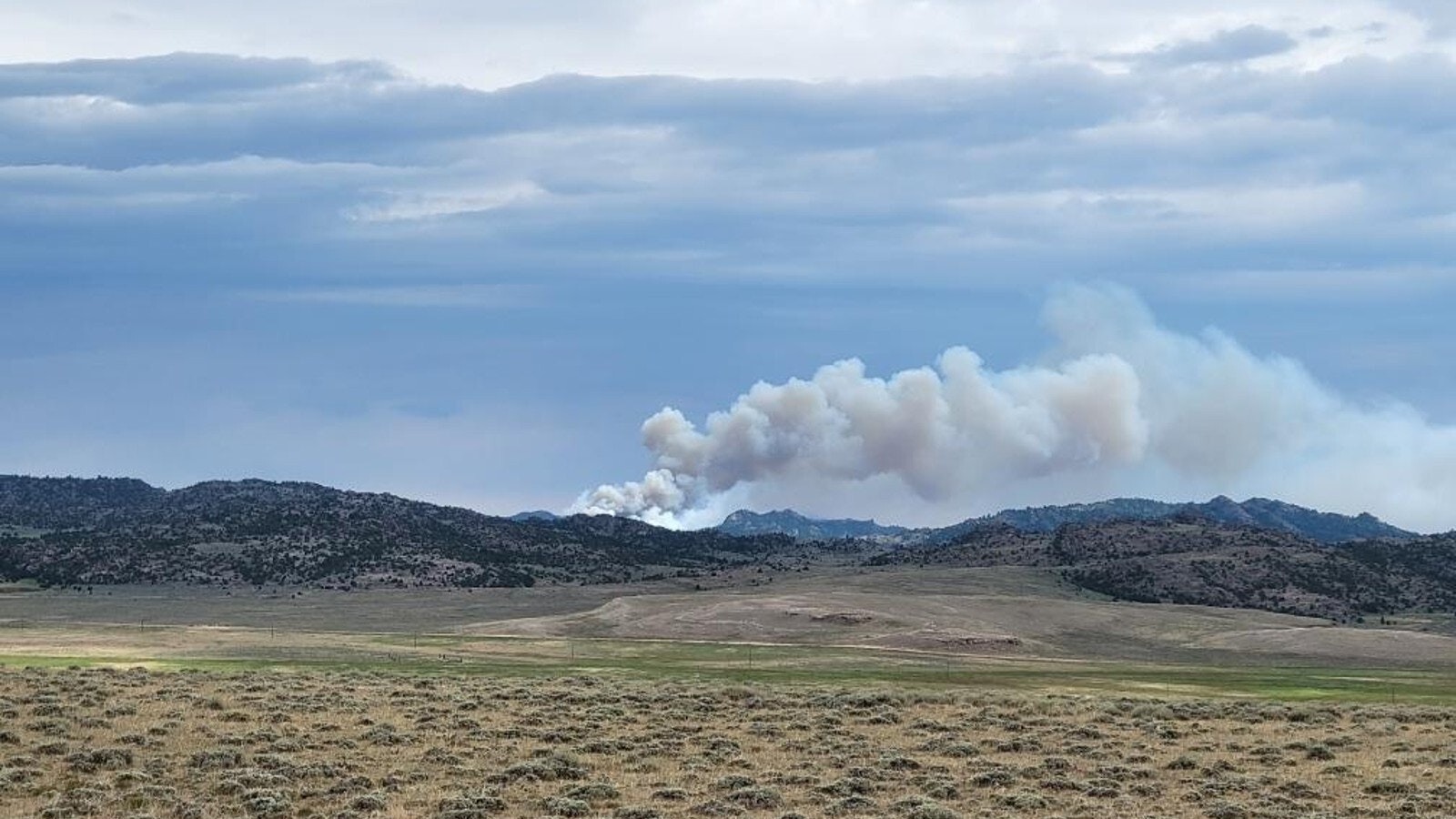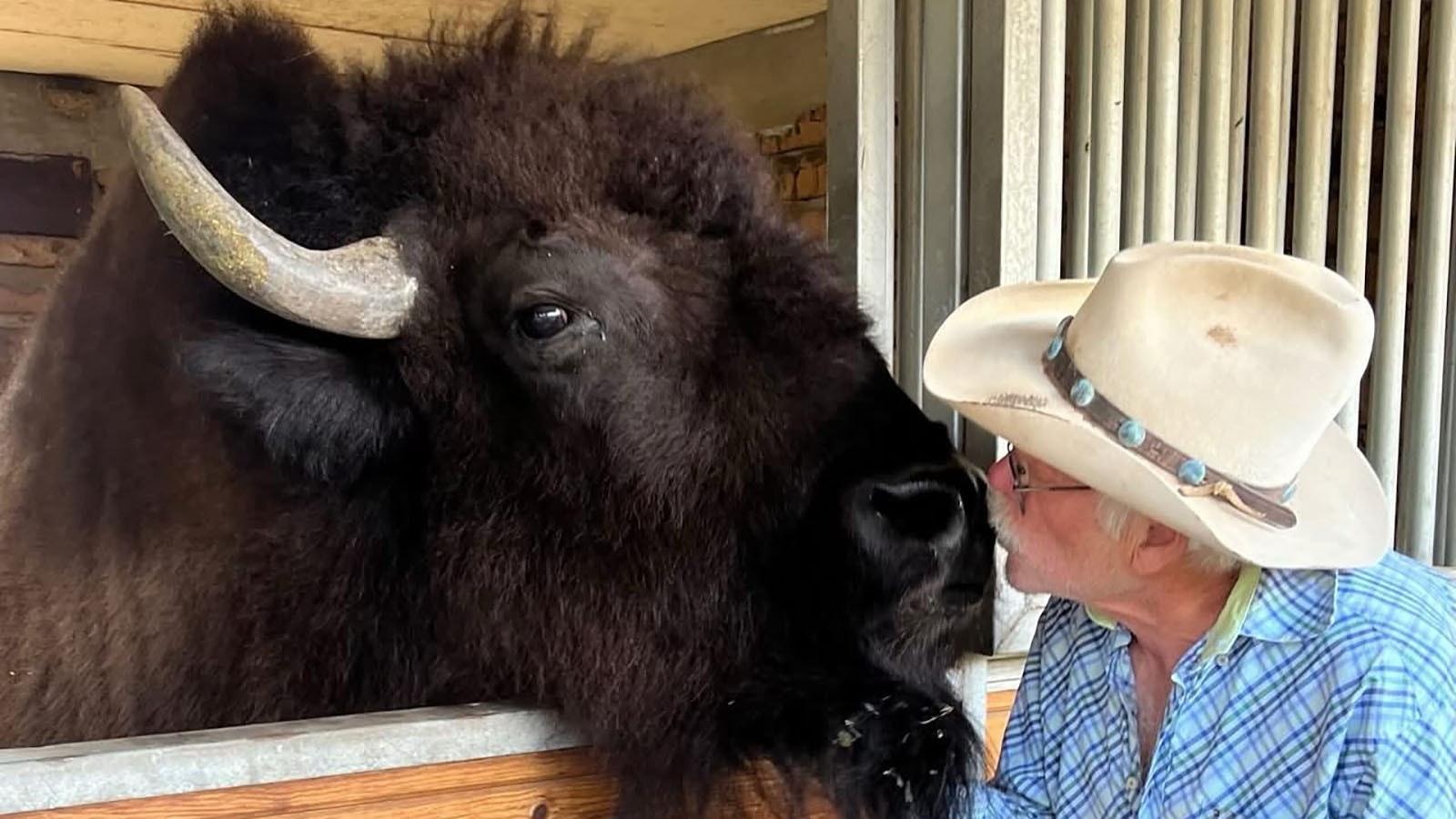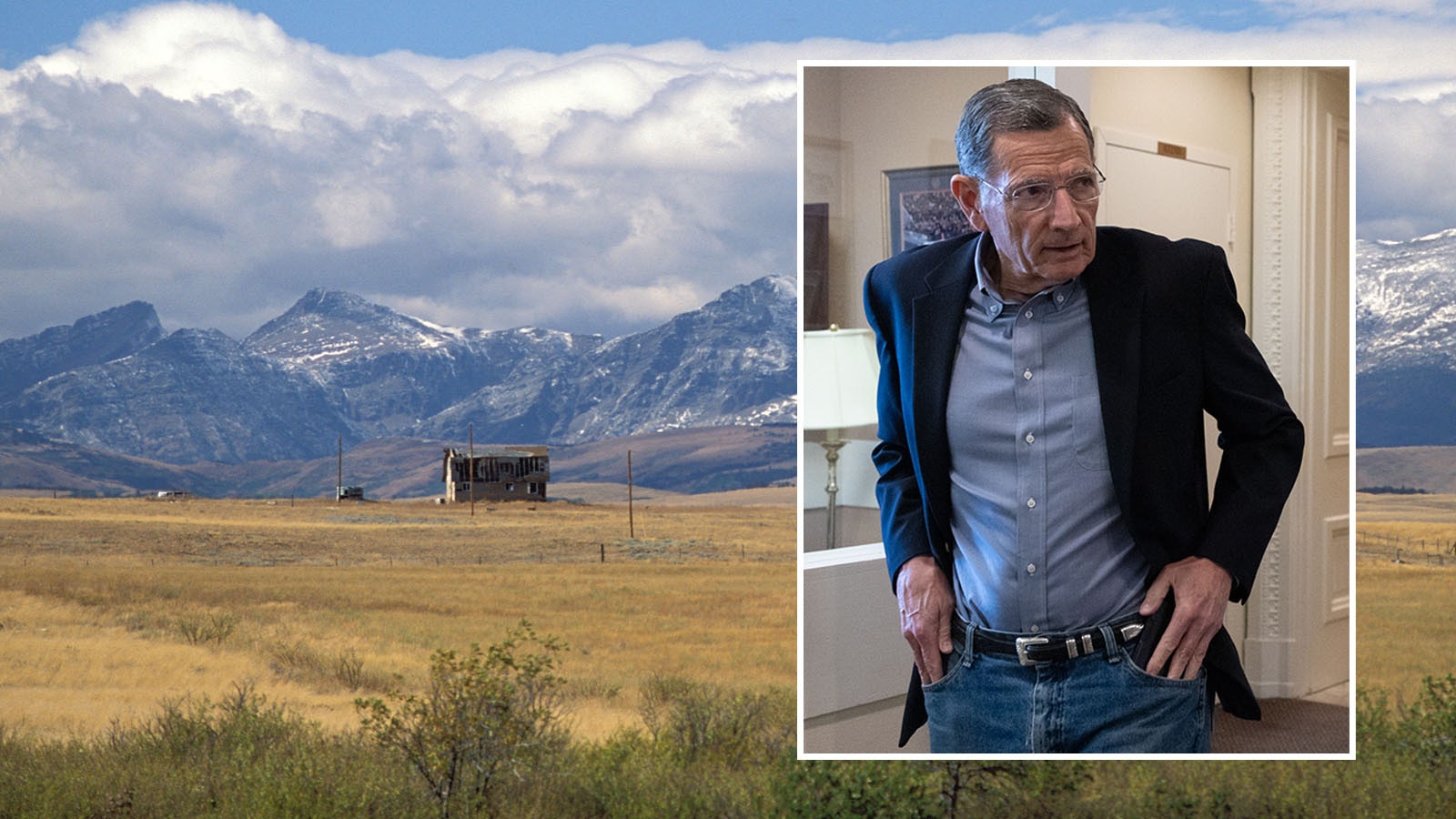Despite high temperatures and loads of dead fuel in its forests, Wyoming has so far avoided a nasty wildfire season — but with post-summer outdoor activity ramping up, luck might not hold, officials said.
“We just haven’t seen those ignition sources, either lightning or human-caused,” Kristie Thompson told Cowboy State Daily. She’s the Forest Service public affairs officer for the Shoshone National Forest.
“Nationally, eight out of 10 forest fires are caused by humans,” she said. Usually through careless acts such as leaving a campfire unattended, or tossing a cigarette butt out of a vehicle window.
High Risk, Low Incidents
Rainfall over the summer helped curb the outbreak of early season fires, forest officials said. But things have since dried out in many places.
Fire danger was still listed as “high” on Wyoming’s national forest lands – including the Shoshone, Bridger-Teton, Bighorn, Medicine Bow-Routt and parts of the Black Hills, according to the Forest Service. Fire danger was also listed as high in Yellowstone Park by the National Park Service.
The most recent fire of note in Wyoming was contained on July 29, according to the National Interagency Fire Center’s Inciweb site. It was caused by a single-engine airplane crash in the Bighorn Mountains west of Buffalo and consumed 21 acres.
There was a small fire, about a tenth of an acre, on Sunday at the northern end of the Bighorn Mountains, near the Montana Border. That fire was quickly extinguished, Sara Evans Kirol, the public affairs officer for the Bighorn National Forest, told Cowboy State Daily.
“It was too small to be reported on Inciweb,” she said.
There have been similar “small starts” on the Medicine Bow-Routt Forest, public affairs specialist Aaron Voos told Cowboy State Daily.
Fire restrictions were implemented in the Laramie Peak section of the Medicine Bow-Routt Forest on July 26, and still remained Thursday, he said. That portion of the forest includes areas west of Wheatland, south of Douglass, and south and east of Casper.
The restrictions include such measures as prohibiting campfires outside of designated fire pits in campgrounds, Voos said.
There were also three small fires in Yellowstone reported as of Thursday, according to the Park Service.
A lightning-ignited fire about 1 mile east of the Fawn Pass Patrol Cabin was extinguished on Monday after consuming about a tenth of an acre, according to the Park Service. Other similar-sized fires were doused on Aug. 16, near U.S. Highway 191 in the park, and on Jul 20 near Old Faithful geyser.
Big Ones Can Start Late
One of Wyoming’s most recent big wildfires, the Mullen Fire, started on Sept. 17, 2020. It burned 176,878 acres west of Laramie. It wasn’t deemed fully contained until January of 2021.
Voos said there were also major fires in parts of Colorado that started in September or October of 2020.
“We’re still a long way from the end of fire season,” he said. “We’re urging caution over Labor Day holiday, as well later, when many hunters and firewood cutters start going out.”
Many of Wyoming’s big game archery seasons opened Thursday, as well as seasons for high-county game birds, such as blue grouse.
“We can hope that we can continue to avoid major fires,” Thompson said. It won’t be completely safe until a “season-ending event,” such as the first big snowfall.
However, it must be the sort of snow that stays, she and Voos said.
Even a “wet, heavy snowfall” that melts away after a few days won’t end fire danger, Voos said.
“We need an extended period of cold weather and snow that stays on the ground,” he said.





